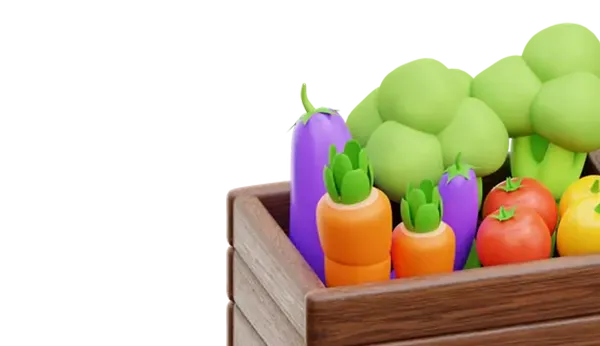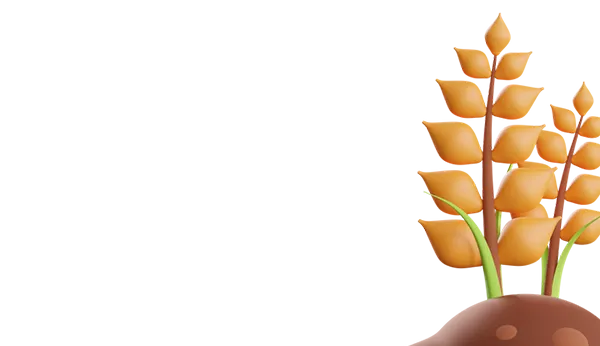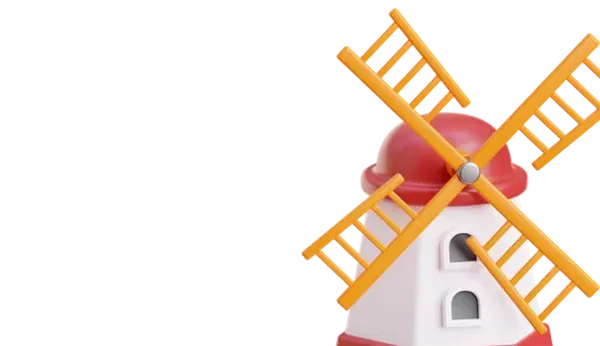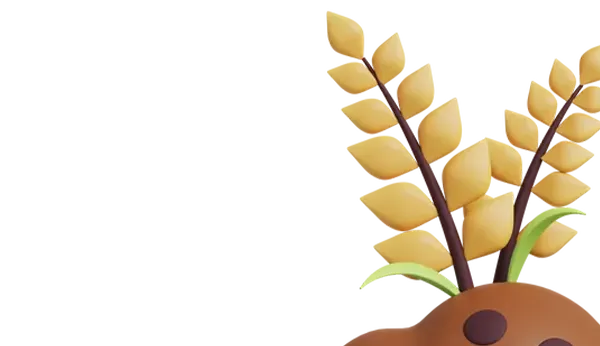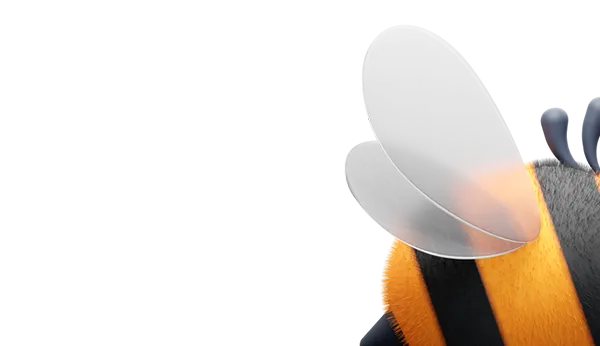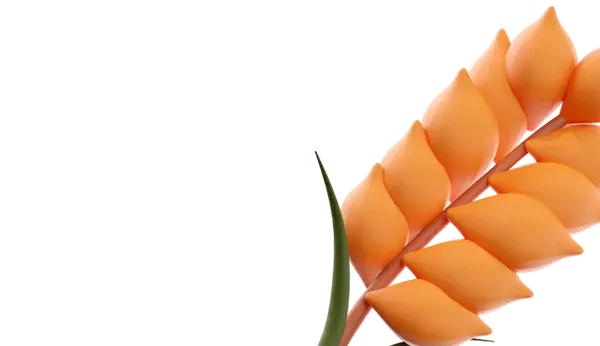To achieve maximum crop yield, it is necessary to consider not only light intensity and spectral diversity but also the uniform distribution of photosynthetically active radiation (PAR) across the entire plant area.
Uniform lighting directly affects the process of photosynthesis, growth sequence, and ultimately the economic benefit of growing crops such as garden strawberries - strawberries.
Uneven light distribution often leads to shaded areas or excessive exposure, resulting in uneven growth and inefficient use of energy resources.
While much attention is given to spectral settings to stimulate plant growth, there is not as much research dedicated to optimizing the spatial distribution of light sources to reduce energy consumption without compromising crop quality.
The setup of LED lighting systems is a promising method to reduce the number of lamps or the total light output while maintaining the necessary uniformity. By providing more even lighting, manufacturers can achieve equivalent or even improved physiological productivity while consuming less energy. This approach aligns with the overall goal of sustainable agriculture - maximizing productivity while minimizing environmental impact and operational costs.
Modern advancements in LED lighting play a key role in optimizing the production processes of agricultural crops, especially in controlled environments such as greenhouses and plant factories.
Studies show that altering the light spectrum, particularly by using red and blue wavelengths, can significantly enhance physiological processes in growing strawberries.
The combined use of red and blue light not only increases photosynthetic efficiency but also contributes to desired morphological characteristics, including increased chlorophyll content and biomass accumulation.
It is known that red light stimulates stem elongation and contributes to various developmental pathways, while blue light promotes compact growth and stimulates photomorphogenesis, both essential for maximizing yields in high-density planting systems.
Furthermore, the importance of light quality extends beyond photosynthesis; it also plays a crucial role in regulating flowering and overall plant structure. Certain spectral combinations have been noted to promote strawberry flowering by modulating phytohormonal signaling pathways that control reproductive development. Considering that light quality directly impacts key metabolic processes such as pigment synthesis and nutrient absorption, LED systems designed to provide optimal spectral characteristics are effective tools for improving strawberry production. In addition to spectral aspects, increasing attention is being drawn to the spatial configuration of lighting systems.
Inefficient light distribution often leads to increased energy consumption without a corresponding increase in plant growth or yield. This not only results in rising operational costs but also limits the economic sustainability of vertical farming systems.
Uniform light distribution plays a crucial role in dense plantations, where shading within the area can lead to uneven growth and reduced photosynthetic efficiency.
Researchers are exploring advanced lighting designs, such as movable or height-adjustable LED arrays, which enhance light penetration and ensure that lower layers receive sufficient illumination. These systems enhance light absorption efficiency and overall crop productivity, as well as overcome the limitations of fixed sources that do not always account for changes in plant height, density, or architecture.
Simultaneously, the application of Functional-Structural Plant Models (FSPMs) is becoming a promising method for modeling the interaction of light with plants and optimizing lighting strategies at both organ and canopy levels.
FSPMs are computational models that simulate plant growth and development, encompassing both physiological and structural aspects. These models play a significant role in improving agricultural systems by allowing the modeling of plant response to various environmental conditions, such as lighting, which is crucial for increasing yields in controlled environments, including vertical farming.
Integrating optimized spectral quality and uniform distribution in LED lighting systems represents a promising direction for improving strawberry cultivation in controlled conditions. By applying these advancements, producers can increase resource utilization efficiency, enhancing both yield and fruit quality.
This study was conducted in Shanghai, a region with frequent cloudy weather and a lack of daylight throughout the year. The negative impact of insufficient lighting on strawberry growth and production or other plants has been documented. Low light intensity leads to a reduction in photosynthesis, limiting plants' ability to generate the energy required for growth and reproduction.
In a new vertical farming system designed for urban agriculture, strawberries were grown under conditions where the photosynthetic photon flux density (PPFD) often remained below 20 µmol·m -2 ·s, significantly lower than the recommended level for fruit-bearing plants.
Optimal growth and yield for strawberries require a PPFD level of 150 to 250 µmol·m -2 ·s, whereas at 20 µmol·m -2 ·s, light intensity is insufficient to initiate the photosynthetic processes needed for healthy fruiting and plant growth.
To overcome this limitation, an artificial lighting strategy was developed to provide the necessary illumination for plant growth. This system, based on LEDs and a special algorithm, features high light uniformity and low energy consumption, specifically tailored to the physiological needs of strawberries.
Compared to previous approaches, the lighting system in this study combines Particle Swarm Optimization (PSO) for layout design.
PSO is a computational method inspired by the social behavior of flocks of birds and fish. It is used to search for optimal solutions to complex optimization tasks by modeling a population of potential solutions, called particles, which iteratively move in the solution space based on their own experience and that of their neighbors.
A special LED light source measuring 3 m in length was installed at a height of 30 cm above a planting area measuring 3.0 m × 0.3 m for uniform illumination of the zone. The lighting system that combines red (655–665 nm) and white full-spectrum LEDs was optimized using a Particle Swarm Optimization (PSO) algorithm to improve the uniformity of light coverage.
The uniformity of photosynthetic photon flux density (PPFD) increased from 71% to 85%, and the standard deviation decreased from 75 to 15. Under the optimized 16-hour lighting regimen, strawberry plants showed a 55% increase in height compared to the control group without additional lighting, a 40% increase in leaf width, and a 36% increase in fruit weight (69.76 g per plant) compared to the 12-hour group of additional lighting. The system operates with a power consumption level of just 160 W per fixture, with the spectral output meeting the light absorption needs of strawberry leaves and fruits. These results indicate that the algorithm-managed lighting system is capable of significantly improving both vegetative and reproductive performance in vertical strawberry farming, maintaining a high level of energy efficiency.
Based on the article by the group of authors (Jun Zhou, Zihan Wang, Haitun Huang, Xiaohua Huang, Minmin Shi; Scientific College of Shanghai Tech University), published in the journal Agronomy 2025 on the portal www.mdpi.com.
Photography: Anna Medvedeva, AgroXXI.ru.

 Trading platform
Trading platform 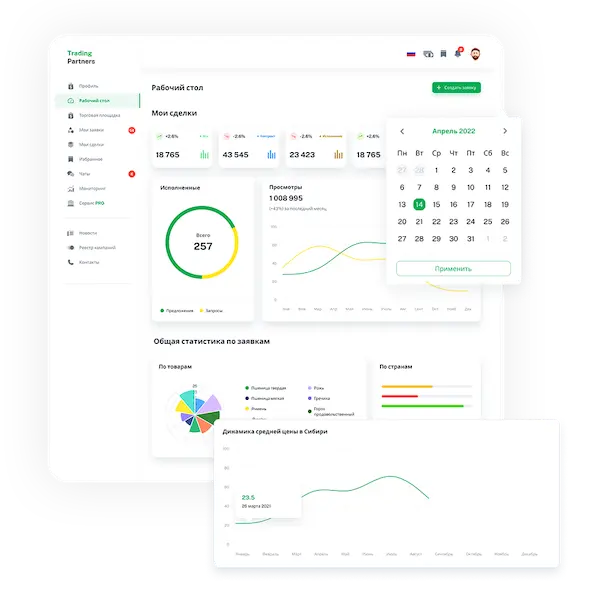
 Monitoring
Monitoring  Express applications
Express applications 
 Fork Work
Fork Work 
 Service
Service  News
News  Directory
Directory 